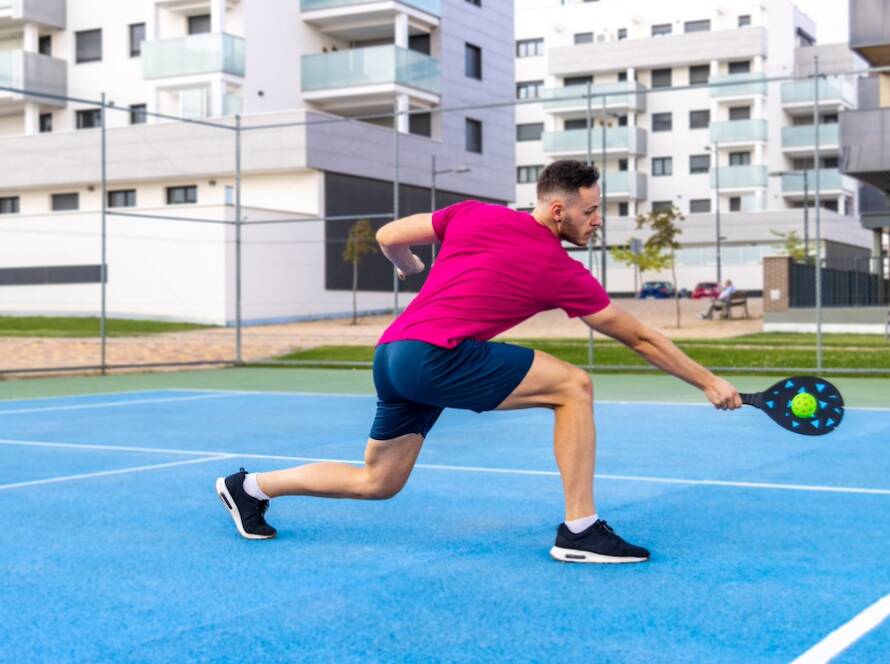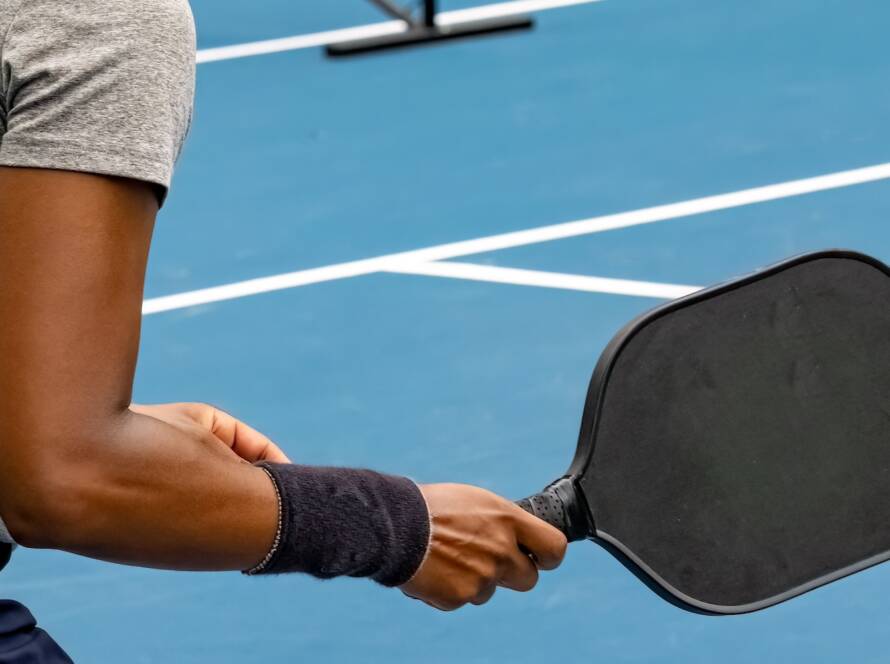When it comes to pickleball ball types, the difference between indoor and outdoor varieties can mean the difference between an exceptional game and a frustrating experience. As this fast-growing sport continues to attract players across diverse settings, understanding which ball to use has become increasingly crucial for both beginners and seasoned players alike. Whether you’re rallying in a climate-controlled gym or competing under the summer sun, the characteristics of your pickleball ball significantly impact your game’s speed, control, and overall enjoyment. In this comprehensive guide, we’ll explore the distinct features of indoor and outdoor pickleballs, helping you make informed decisions that will elevate your gameplay and protect your equipment investment.
Indoor vs. Outdoor Pickleballs: the Differences
Pickleball has experienced explosive growth across indoor and outdoor venues, making it essential to understand the distinct characteristics of the balls designed for each environment. The game uses specialized plastic balls with holes, but not all pickleball balls are created equal.
Pickleball Ball Basics
Pickleball balls must meet strict USA Pickleball specifications for tournament play, including:
- Diameter: 2.874 to 2.972 inches
- Weight: 0.78 to 0.935 ounces
- Material: Durable plastic with uniform hole pattern
- Surface: Smooth with no texturing
Evolution of Design
Modern manufacturing techniques have revolutionized pickleball ball production, moving from basic whiffle-style balls to precisely engineered equipment. Today’s balls feature carefully calculated hole patterns and specific plastic compositions for optimal performance.
Indoor Pickleball Balls: Essential Features
Physical Characteristics
Indoor pickleballs feature distinct properties:
- 26 larger holes measuring approximately 0.43 inches in diameter
- Softer, more flexible plastic construction
- Lighter weight (around 0.8 ounces)
- Larger hole pattern for controlled flight
Performance Benefits
These design elements create specific playing characteristics:
- Enhanced control and predictability
- Reduced bounce on hard indoor surfaces
- Quieter impact sound for indoor facilities
- Better visibility under artificial lighting
Outdoor Pickleball Balls: Durability Meets Performance
Physical Characteristics
Outdoor balls are engineered for environmental challenges:
- 40 smaller holes for wind resistance
- Harder, more rigid plastic composition
- Slightly heavier construction (approximately 0.9 ounces)
- More compact hole pattern
Performance Benefits
These features provide:
- Superior wind resistance
- Enhanced durability on rough surfaces
- Consistent bounce on outdoor courts
- Better visibility in natural light
Comparing Ball Types
Material Differences
The plastic composition varies significantly:
- Indoor: Softer, more flexible material
- Outdoor: Harder, more rigid construction
- Impact resistance varies by design
- Different wear patterns and longevity
Playing Experience
- Each ball type affects gameplay differently:
- Speed control variations
- Bounce height differences
- Sound variations during play
Spin response characteristics
Popular Ball Options
Tournament-Approved Choices
Leading tournament balls include:
- Franklin X-40 (most commonly used in competition)
- ONIX Dura Fast 40
- Vulcan tournament balls
Recreational Options
Practice and casual play balls offer:
- More affordable pricing
- Multi-pack availability
- Various durability levels
- Training-specific designs
Selecting the Right Ball
Consider these factors when choosing a pickleball ball:
Playing Environment
- Court surface material
- Indoor vs. outdoor location
- Weather conditions
- Lighting conditions
Player Level
- Beginner: Slower, more controlled balls
- Intermediate: Standard approved balls
- Advanced: Tournament-specific options
Environmental Considerations
Different conditions affect ball performance:
- Temperature impacts ball bounce
- Humidity affects grip and control
- Altitude changes flight characteristics
- Seasonal weather patterns influence choice
Citations
Want to learn more about pickleball equipment and get personalized recommendations? Visit the Pickleball Athletic Club’s expert staff for guidance on choosing the right ball for your game.


